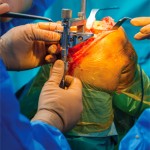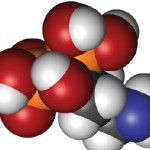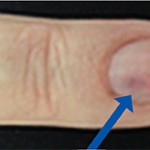What do dietitians do to help manage patients with rheumatic disease? Dietitians are well integrated, for example, in the practice of nephrology and diabetes, but few are active in the specialty of rheumatology. However, dietitians are recognized as part of the team of providers designated to care for patients with rheumatic disease by the ACR….







